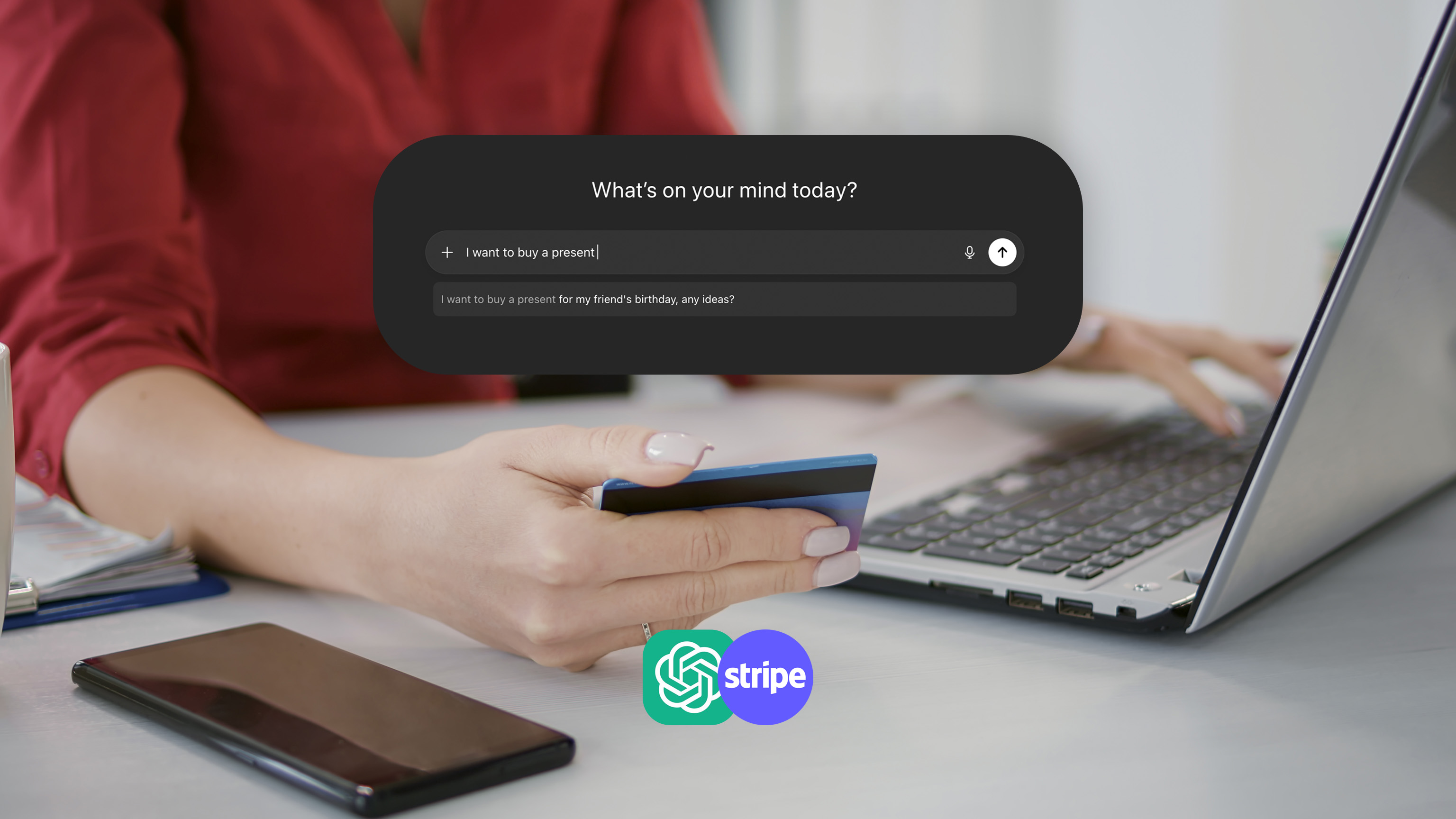
For years, “conversational commerce” was more theory than practice. Chatbots and voice assistants tried to enable shopping in chat, but adoption stalled. That changed when OpenAI introduced Instant Checkout inside ChatGPT, powered by Stripe.
For the first time, users can complete purchases inside ChatGPT with no redirects or extra steps. The checkout is the conversation.
For fintech leaders, this isn’t a side experiment — it’s a signal. If the interface of commerce is becoming a conversation, then whoever controls that conversation will also shape the future of payments, risk, and trust, capturing a disproportionate share of value.
ChatGPT Instant Checkout allows users to purchase items directly inside the ChatGPT interface.
● Powered by the Agentic Commerce Protocol (ACP): an open framework for AI agents, merchants, and buyers to complete purchases securely.
● Stripe as the payments backbone: providing tokenized checkout, fraud detection, compliance, and multi-currency support.
● Early merchant support: Etsy sellers are live now in the U.S., with Shopify integration on the roadmap.
Today, it supports single-item purchases, but multi-item carts and global rollout are expected next.
Stripe has long powered OpenAI’s billing, subscriptions, and risk logic. With Instant Checkout, its role expands:
● Payment tokenization ensures purchases are authorized for a specific merchant and amount.
● Fraud detection & compliance run behind the scenes via Stripe Radar.
● Seamless APIs allow ACP-enabled merchants to plug into ChatGPT quickly.
For Stripe, this is not just another integration. It positions the company as the transactional layer of conversational AI — a strategic leap in payments infrastructure.
Traditional gateways simply move money. In conversational commerce, fintech providers must also orchestrate risk checks, authentication, and fallback flows inside dialogue.
Retailers risk invisibility if they don’t integrate with conversational channels. Early adopters gain:
● Visibility in ChatGPT product rankings
● Direct access to high-intent buyers
● New opportunities for loyalty and re-order flows inside chat
A chat-based checkout raises new challenges:
● Preventing token misuse or replay attacks
● Embedding KYC and two-factor authentication into conversations
● Making refunds and disputes conversational (“Refund my last order”)
● Ensuring global regulatory compliance
Beyond enabling checkout, platforms can differentiate through:
● Conversational analytics (where do buyers drop off?)
● Dialogue design intelligence (optimizing prompts to purchase)
● Composable extensions (e.g., upsell modules, subscription triggers)
1. Evaluate ACP adoption — follow how Agentic Commerce Protocol develops and prepare your systems for interoperability.
2. Pilot conversational flows — experiment with limited product catalogs inside chat to understand conversion behavior.
3. Embed compliance early — ensure PSD2, SCA, and U.S. digital payment regulations are mirrored in conversational flows.
4. Invest in analytics — measure how intent translates to transaction in dialogue.
5. Partner strategically — align with conversational AI providers or infrastructure players to avoid being disintermediated.
At Inspirit, we see ChatGPT Instant Checkout as a signal of infrastructure change — not just a shiny new feature.
Our role is to help fintechs and commerce platforms:
● Orchestrate flows between AI conversations and payment rails
● Design conversational UX that reduces abandonment
● Integrate fraud, identity, and compliance checks naturally in dialogue
● Pilot early use cases that prove conversion lift and scalability
Fintech leaders who treat conversational commerce as core infrastructure — not an experiment — will set the pace for the next decade.
Is ChatGPT Instant Checkout secure?
Yes, Stripe provides tokenization and fraud detection. But identity verification and compliance must still evolve for high-value or regulated transactions.
Will conversational commerce replace traditional checkout?
Not entirely. Websites and apps will remain. But for high-intent, low-friction purchases, conversational checkout could become the default.
How should fintechs prepare now?
Start by piloting integrations, aligning compliance frameworks, and building conversational intelligence into your payments stack.
ChatGPT’s Instant Checkout marks the moment when commerce left the web page and entered the dialogue.
For decision-makers in fintech, the question is no longer if conversational commerce will matter. The question is how fast you can align your platforms, compliance, and user experiences to this new reality.
Those who move early won’t just adapt — they’ll shape the standards and expectations of tomorrow’s commerce.